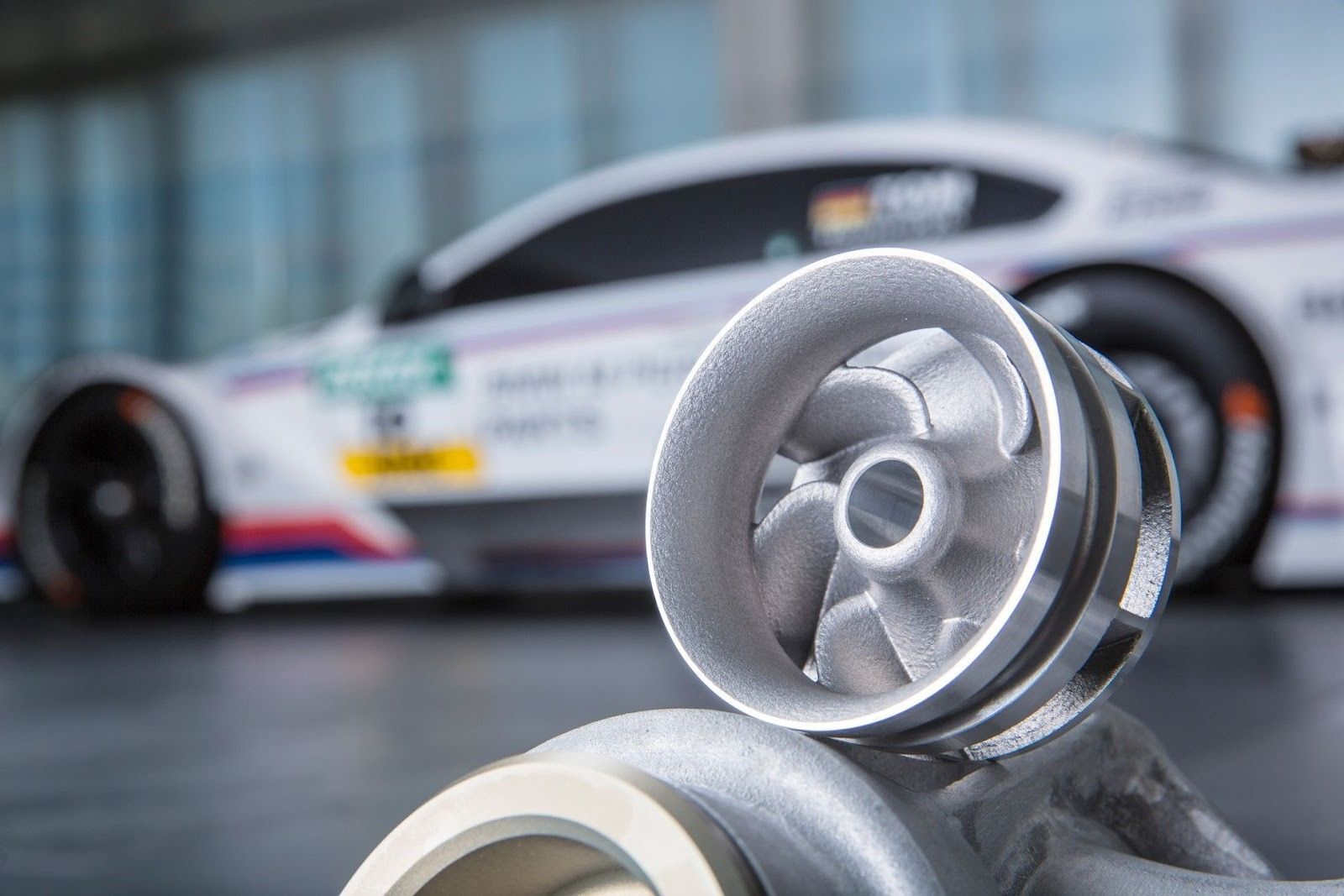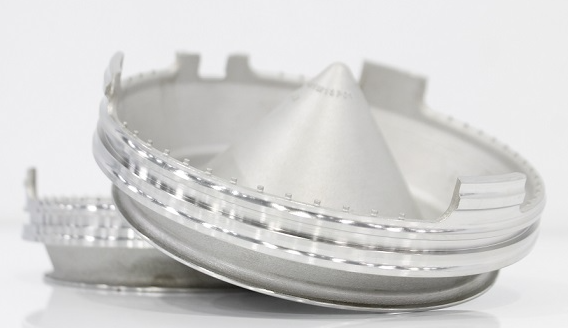Discover the Future of Manufacturing with AMTH
Innovative metal
3D printing services
AMTH, as part of Hydropress, features breakthrough direct metal laser sintering technology, advanced materials and unparalleled design capabilities.
Discover the Future of Manufacturing with AMTH
Innovative metal 3D printing services
AMTH, as part of Hydropress, features breakthrough direct metal laser sintering technology, advanced materials and unparalleled design capabilities.
Discover the Possibilities
What are the benefits of metal 3D printing?

Innovative geometries
Create unique shapes impossible to produce with traditional metalworking methods.

Project optimisation
Use the full potential of your design to create a product with optimal performance.

Production speed
Reduce the time from idea to final product by shortening the supply chain.
Weight reduction
Obtain a product with minimum weight while maintaining the required parameters.
Ecology
Benefit from lossless additive manufacturing technology without generating any waste.
Individual approach
Reduce the costs of producing individual products, their subsequent versions and small series.
Innovative geometries
Create unique shapes impossible to produce with traditional metalworking methods.
Project optimisation
Use the full potential of your design to create a product with optimal performance.

Innovative geometries
Create unique shapes impossible to produce with traditional metalworking methods.

Project optimisation
Use the full potential of your design to create a product with optimal performance.

Production speed
Reduce the time from idea to final product by shortening the supply chain.
Weight reduction
Obtain a product with minimum weight while maintaining the required parameters.
Ecology
Benefit from lossless additive manufacturing technology without generating any waste.
Individual approach
Reduce the costs of producing individual products, their subsequent versions, and small series.
Innovative geometries
Create unique shapes impossible to produce with traditional metalworking methods.
Project optimisation
Use the full potential of your design to create a product with optimal performance.
Additive Manufacturing
What is AM?
AM, or Additive Manufacturing, is a manufacturing technology, also known as 3D printing, which involves creating parts by combining material layer by layer – as opposed to traditional subtractive technology, where the target element is manufactured by removing the surplus with cutting tools (e.g. milling, turning).
Discover the Possibilities
Unparalleled design freedom
Metal 3D printing allows for the production of geometries that are difficult or even impossible to produce using other methods, which gives greater freedom in designing innovative solutions. Reducing the number of connections by integrating several components into one structure, optimising shape and performance, or creating a unique design are just a few of the main advantages of the additive technology we use.
Discover the Possibilities
Unparalleled design freedom
Metal 3D printing allows for the production of geometries that are difficult or even impossible to produce using other methods, which gives greater freedom in designing innovative solutions. Reducing the number of connections by integrating several components into one structure, optimising shape and performance, or creating a unique design are just a few of the main advantages of the additive technology we use.
3D Printing Technology
Seven 3D printing technologies
There are seven main 3D printing technologies, which are based on various forms of input material, most often in the form of a wire, resin or powder, which is processed by heat, light curing or laser melting. Dynamically developing 3D printing technologies allow for the creation of products from almost any material: from various polymers and composites to durable metal alloys.
Binder
Jetting
Material Extrusion
Direct Energy Deposition
Powder Bed Fusion
Sheet Lamination
Material
Jetting
Vat Photo Polymerisation
Powder Bed Fusion
Material
Extrusion
Direct Energy Deposition
Binder
Jetting
Sheet
Lamination
Material
Jetting
Vat Photo Polymerisation
3D Printing Market in Numbers
0
billion
AM market value in $ by 2030
0
.8%
annual growth of the AM market value
0
%
new planes with printed elements
0
%
less waste thanks to AM
Direct Metal Laser Sintering
What is DMLS?
DMLS (Direct Metal Laser Sintering) is an advanced 3D printing technology in which components are created by selectively melting metal powder using a laser beam guided by an optical system.
Discover the Possibilities
Advantages of DMLS over other AM methods
2
Variety of Materials
Wide selection of advanced metal powders including aluminium, steel, stainless steel, titanium, nickel alloys, copper and more.
3
Process control
Integrated production system: from design, through printing, to complete post-processing.
2
Variety of materials
Wide selection of advanced metal powders including aluminium, steel, stainless steel, titanium, nickel alloys, copper, and more.
3
Process control
Integrated production system: from design, through printing, to complete post-processing.
Technological Line
What does working on a project look like?
1. Project verification
➤ Existing project or from scratch
➤ Defining requirements
3. Plastic prototype
➤ Project verification
➤ Making improvements
5. Postprocessing
➤ Heat treatment
➤ Machining
➤ Surface finish
2. Optimisation
➤ Adaptation for 3D printing
➤ Material selection
➤ Shape optimisation
4. Metal 3D printing
➤ Printing as designed
➤ Whole series or single item
6. Product
➤ Finished product delivery
➤ Quick reorder
1. Project verification
➤ Existing project or from scratch
➤ Defining requirements
2. Optimisation
➤ Adaptation for 3D printing
➤ Material selection
➤ Shape optimisation
3. Plastic prototype
➤ Project verification
➤ Making improvements
5. Postprocessing
➤ Heat treatment
➤ Machining
➤ Surface finish
6. Product
➤ Finished product delivery
➤ Quick reorder
Industry Applications
See use cases



Stay up to date with the latest news!
We are excited to share the latest news from the world of 3D printing with you.
Sign up for our newsletter to be among the first to learn about our project's progress and research results.
Leave your email to:
- Receive regular updates on key milestones in the Hydropress project.
- Be informed about the opening of commercial orders.
- Have access to exclusive content and promotions.
Interested
Services
3D printing
Heat treatment
Reverse engineering
Surface testing
Material composition testing
Coatings
Power hydraulics research
3D modeling
CNC machining
Realization: Verseo


